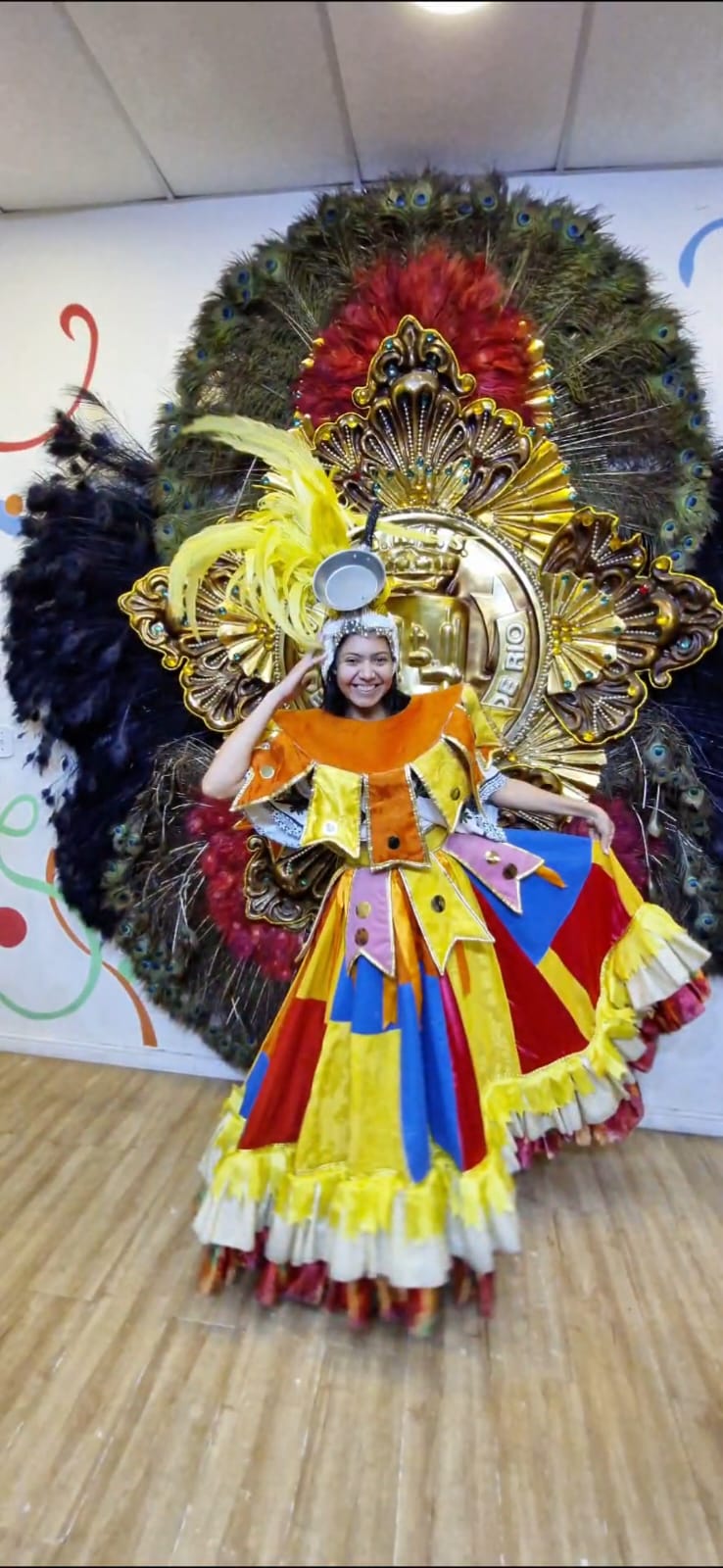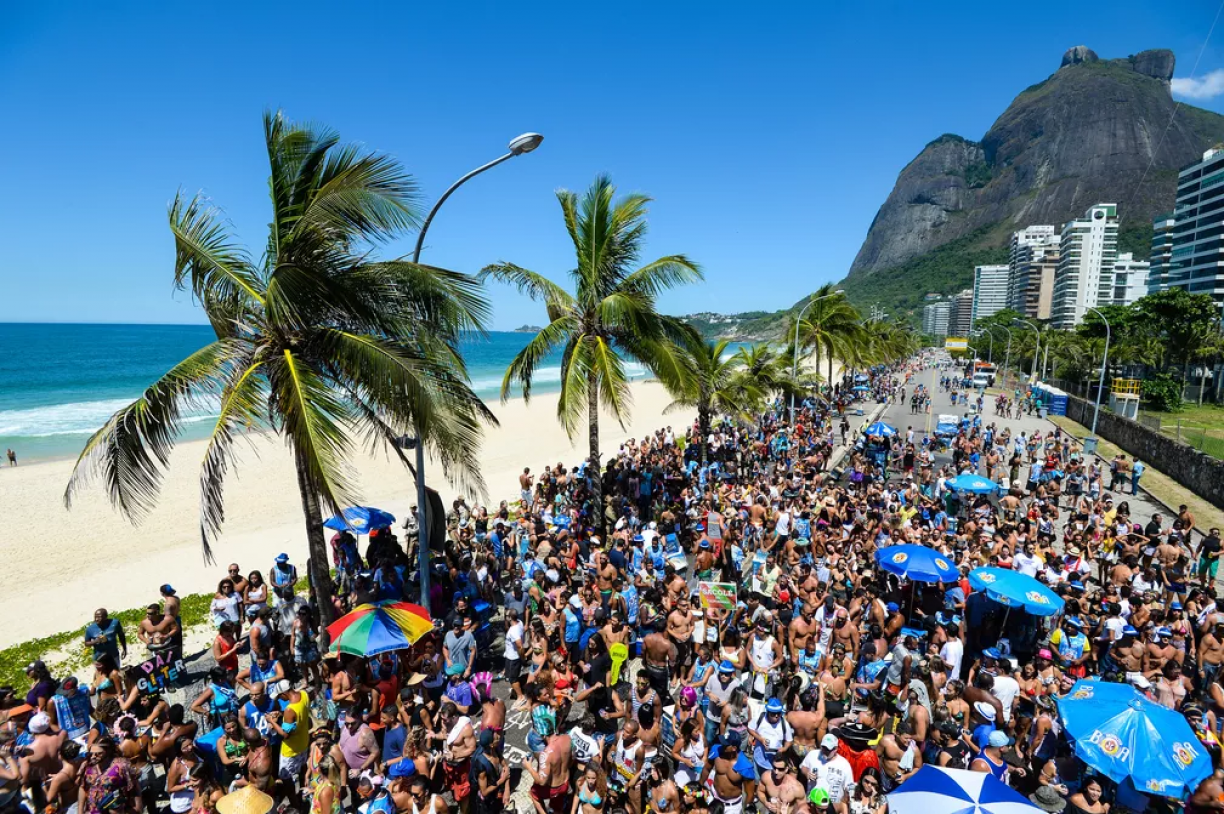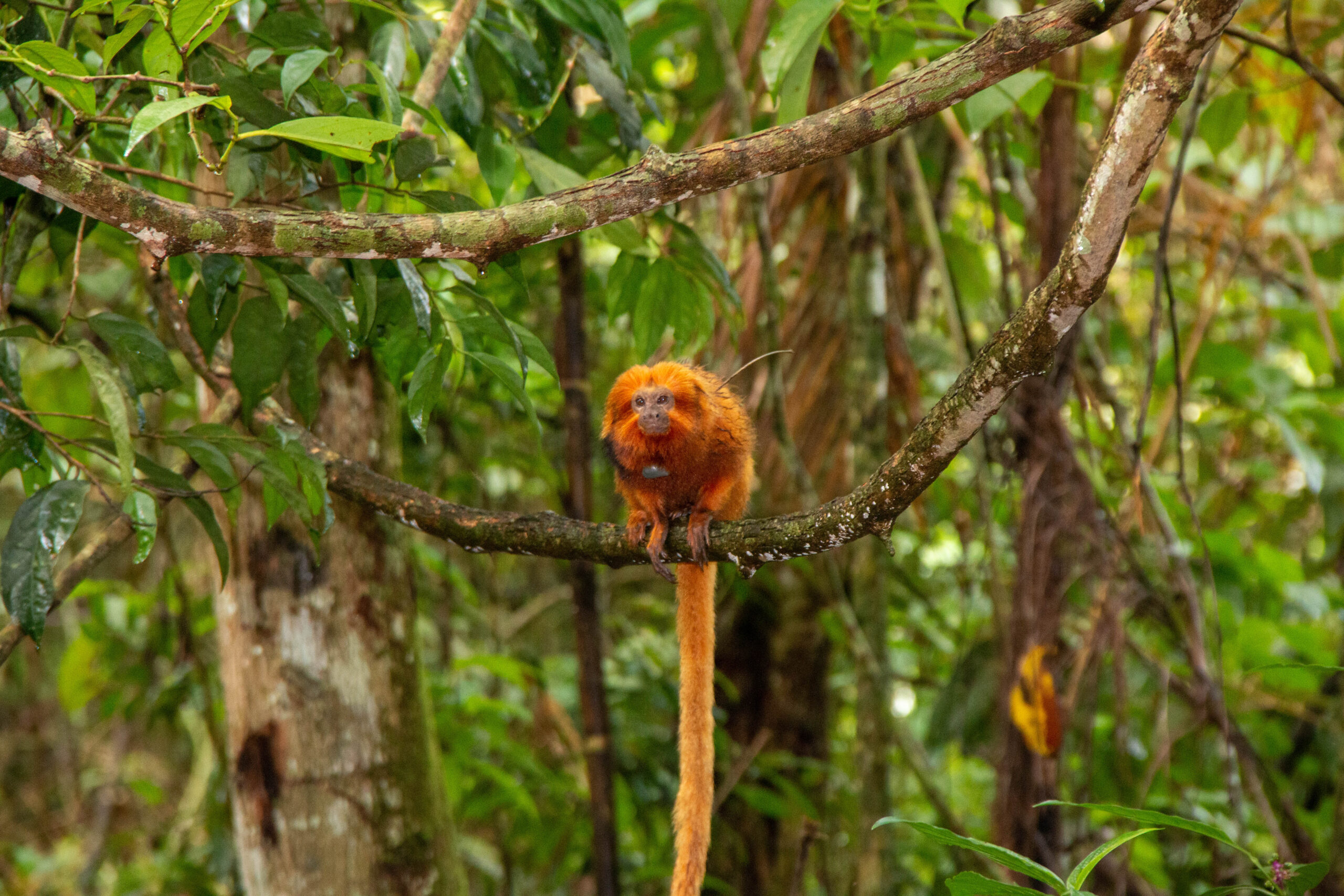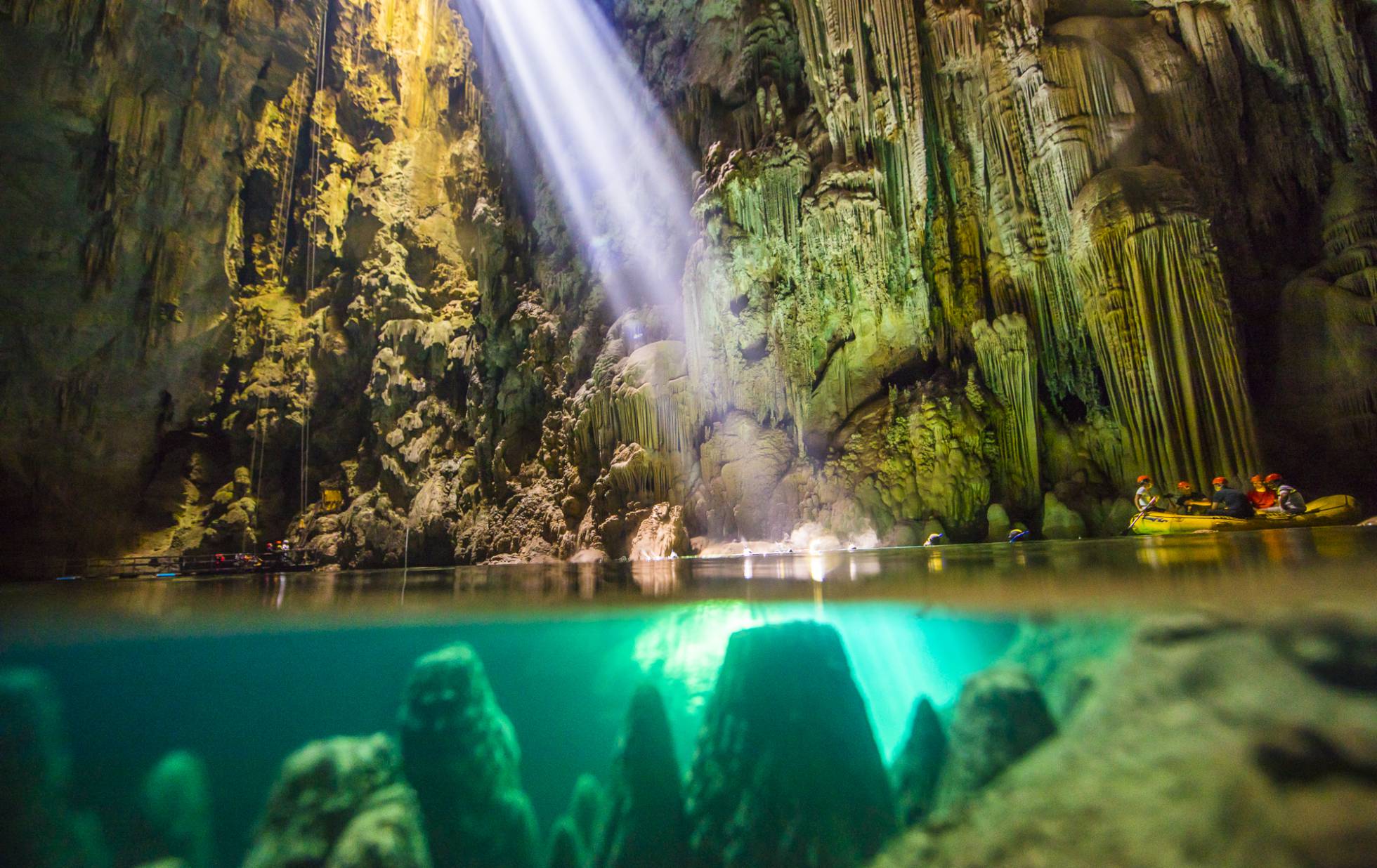CARNIVAL IN RIO DE JANEIRO IN 2024
The city
The city of Rio de Janeiro represents one of the most desired tourist destinations for people from the most varied regions of the world. Among the many characteristics that make this wonderful city stand out on the international tourism scene, we can highlight:
Rio de Janeiro represents one of the most desired tourist destinations for people from the most varied regions of the world. Among the many characteristics that make this wonderful city stand out on the international tourism scene, we can highlight:
- The natural beauty.
- The gastronomic variety.
- The weather.
- The hospitality of the people
Attractions such as: Carnival, Christ the Redeemer, Sugarloaf Mountain, Tijuca Forest, Pedra da Gávea, New Year’s Eve firecrackers at the beaches, Ipanema and Copacabana Beaches, among many others.

In this text, we will address one of the most beautiful spectacles on our planet: the Carnival of Rio de Janeiro, the biggest in the world! Let us first mention that this festival is also held in other countries such as:
- Colombia – Bogotá.
- Ecuador – Quito.
- Spain – Barcelona.
- United States of America – New Orleans.
- France – Nice.
- England – London.
- Italy – Venice.
- Uruguay – Montevideo.
The Brazlian Carnival is world known for its costumes, music, people’s joy and the Samba Schools. It is worth highlighting that this festival is intrinsically related to the Catholic religion. The name carnival comes from the Latin “Carnis Levale” which means “away from meat” that is, a restriction on the consumption of meat before the period of Lent that precedes Easter.
We must thank the portuguese people for bringing carnival to our country between the 16th and 17th centuries. The Brazilian Carnival represents a reflection of an ancient festival of this European country, whose games varied from region to region. Sometimes called “entrudo”, the name of the large wooden dolls present at these festivities. Nowadays, Carnival represents one of the most important manifestations of the Brazilian people, and it is considered the biggest popular festival in our country. It also represents an important instrument of rescuing value and promoting the cultural diversity of our country.

According to the Ministry of Tourism, this popular holiday, generated 8 billion Reais in our national economy and 4.5 billion Reais for the city of Rio alone, in 2023; so, it is our desire here, to highlight the importance of this event for our local economy, whether through the inflow of foreign currency generated by tourist spending, or through the generation of employment and income in areas directly and indirectly related to the Carnival.
When approaching the historical aspects of Carnival, we will highlight an important chronological line:
- The first pillars that led to the creation of Samba Schools appeared in 1920.
- The first Samba School, called “Deixa Levar”, appeared in the neighborhood called Estácio, in the city of Rio, on August 12, 1928.
- The first Samba Competition took place in 1929.
- In 1930, the following Samba Schools were recognized: Oswaldo Cruz, Estação Primeira de Mangueira, Vizinha Faladeira, Para o Ano Sai Melhor and Cada Ano Sai Melhor.
- In 1932, Samba School Parades were officially recognized.
- In 1984, the Marquês de Sapucaí Sambadrome, the main stage for this, the biggest event of Brazil, was inaugurated.
Among the various samba schools in Rio de Janeiro, we can highlight some of them due to their history, tradition and awards, such as:
- Beija-Flor.
- Grande Rio.
- Imperatriz Leopoldinense.
- Mangueira.
- Mocidade Independente de Padre Miguel.
- Paraíso do Tuiuti.
- Porta da Pedra.
- Portela.
- Salgueiro.
- São Clemente.
- Unidos da Tijuca.
- Vila Isabel
- Viradouro
We may say that Carnival is for all tastes, for it is possible for you to parade in the Sambadrome or play a musical instrument, and be part of a community with which you identify yourself. You can join a Samba School, in one of its departments, or as it is called here ‘wings’, such as: Front Committee, children’s wing, drums, dancers, among others.
To enjoy Carnival, Street blocks represent another entertainment option, as while Samba School Parades take place at night, street Carnival Blocks take place throughout the day, in different regions of our wonderful city. Among the most famous street blocks in Rio de Janeiro, we highlight:
- Amigos da Onça.
- Areia.
- Banda de Ipanema.
- Bangalafumenga.
- Bloco da Anitta.
- Bloco da Preta.
- Carmelitas.
- Céu na Terra.
- Chora, Me Liga.
- Cordão do Boitatá.
- Cordão da Bola Preta.
- Empolga às 9.
- Fervo da Lud.
- Filhos de Gandhi.
- Monobloco.
- Mulheres de Chico.
- Orquestra Voadora.
- Quizomba.
- Sargento Pimenta.
- Simpatia É Quase Amor.

Street blocks represent a democratic way of enjoying Carnival, since they have a pre-established route, and are accompanied by a Percussion Band, entertainers, singers and the people who want to enjoy the festivity. It is important to mention that many factors led to the creation of the street blocks, such as
- Preservation of the afro-brazilian culture through music.
- Union of Beatles songs with Brazilian rhythms.
- Promotion tolerance love and defense of democracy.
- Appreciation of the country style.
- Rescue the origins of diverse cultures and of musical miscegenation.
Recognition of the importance of street blocks has grown so much that street blocks represent part of the identity of the city of Rio during the Carnival. It is quite possible to enjoy several street blocks on the same day, for after all, there are more than 400 parades registered by the City Hall, but we recommend that you go prepared, because some street blocks have the capacity to attract hundreds of people, which is the case of the Cordão da Bola Preta, one of the most traditional blocks, which has already brought together more than two million people in one occasion.

Cordão da Bola Preta – Presidente Vargas Avenue
Many people dream of coming to Rio de Janeiro and enjoying the Carnival, but if that’s not possible for you, don’t worry, as there is also Pre-Carnival!
In January, tourists, and even residents of the city can enjoy some street blocks and Samba School Rehearsals, to feel some of the energy of the Carnival in our city.
and if you can’t come to Rio de Janeiro in January or February, but would like to experience Carnival along the year, Xperiencer Tour Brazil offers you the opportunity to enjoy a unique experience related to this festivity:
- Discover the history of Carnival.
- Visit the place where costumes and allegories are produced.
- Learn to play some musical instruments.
- Taste some typical snacks from our wonderful city
- Talk to the professionals responsible for this incredible show.
- Learn the art of samba dancing.
Get in touch with Xperiencer Tour Brazil and enjoy the magic of Carnival at any time of the year.




